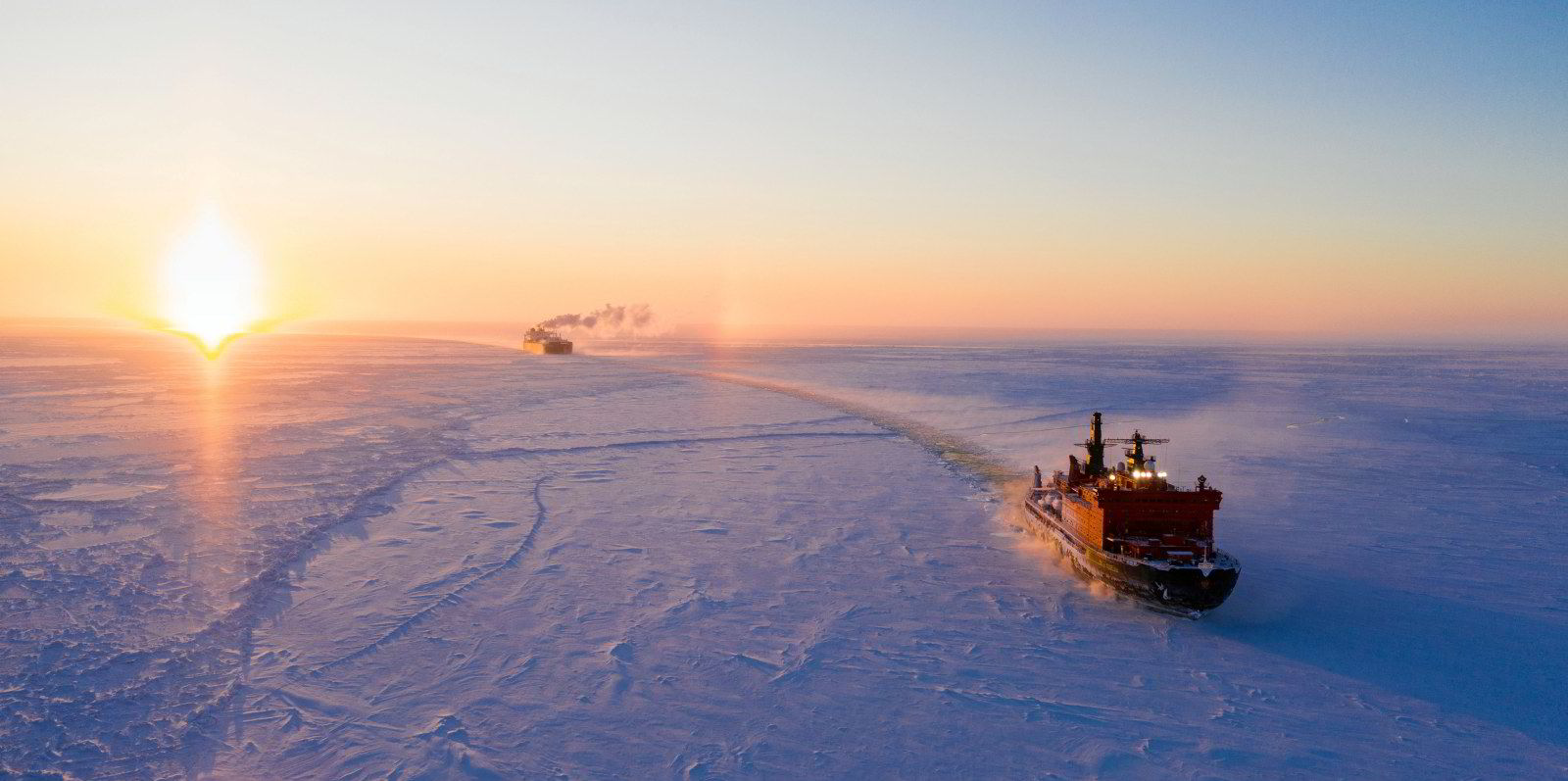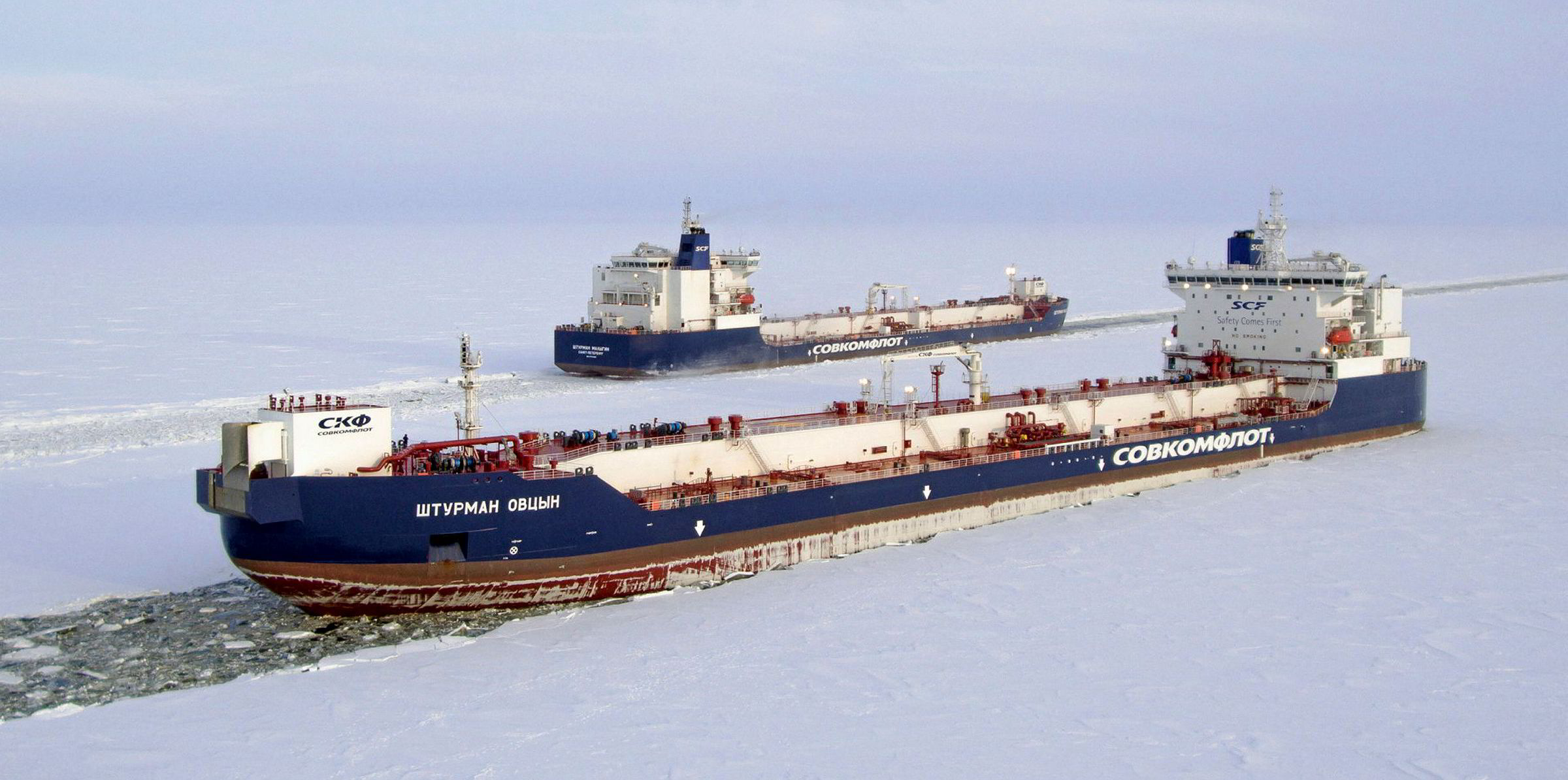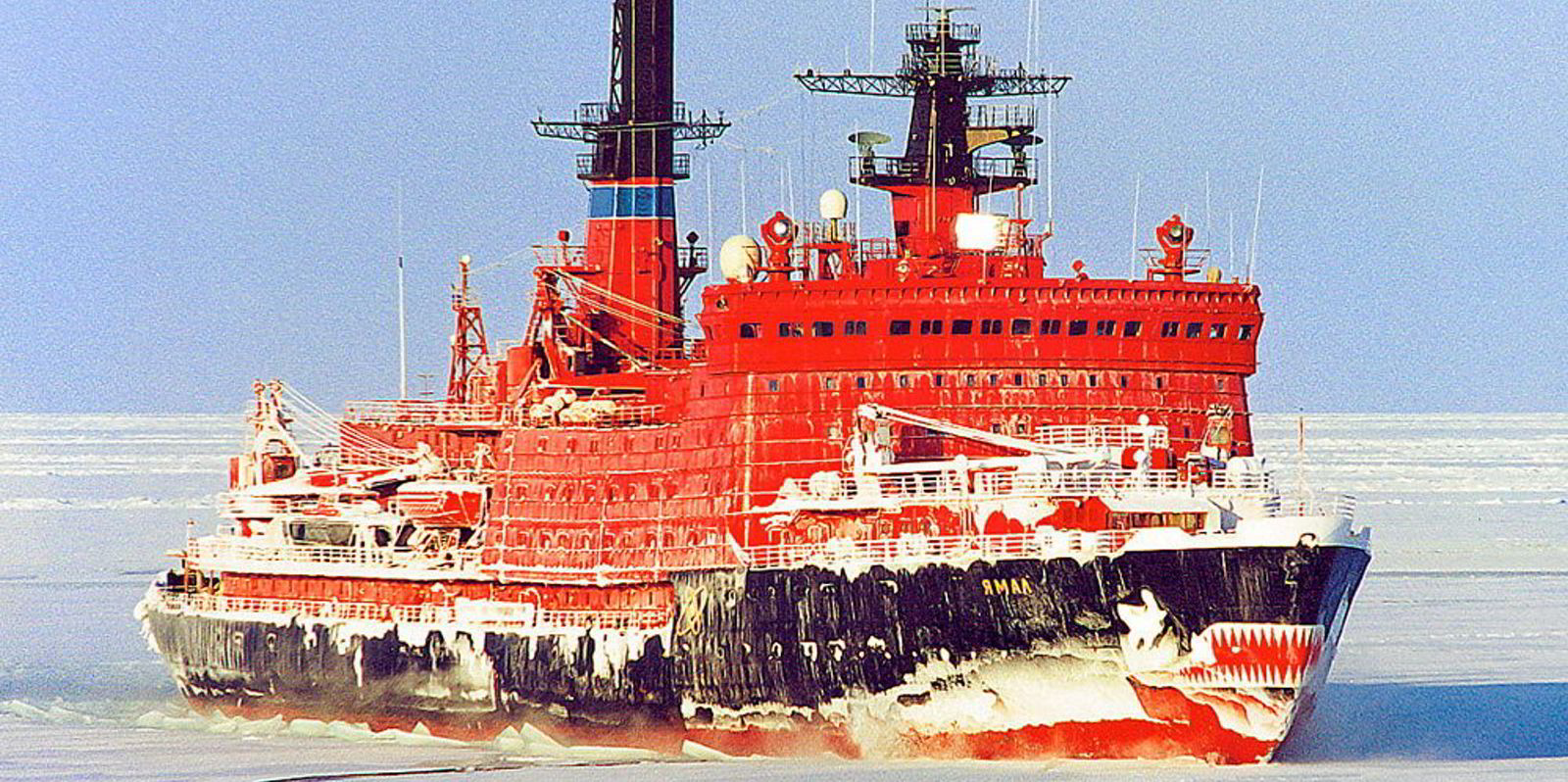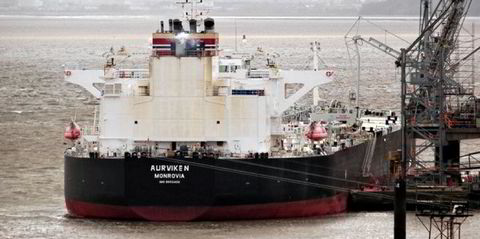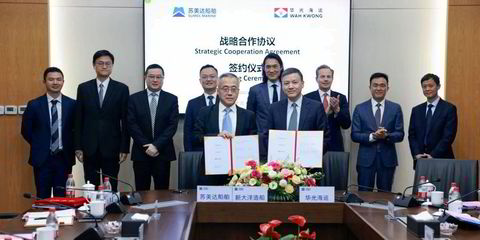Russia’s state atomic energy corporation is on a mission to open up the Northern Sea Route (NSR) to year-round navigation between 2024 and 2030.
Rosatom's director of the NSR Directorate, Vyacheslav Ruksha, told TradeWinds: “Our primary objective is to increase cargo turnover to 80 million tonnes by 2024."
The corporation's key responsibility is to develop the infrastructure for the navigation of ships, seaport and energy facilities, safety systems, and navigation and hydrographic support.
Since 2019, Rosatom has also overseen the government-backed federal project “The Northern Sea Route” — part of a comprehensive plan to modernise and develop the NSR infrastructure through into 2035.
Ruksha explained the plan — which will be rolled out in three stages — covers 11 areas including infrastructure development, fleet construction, personnel training, information services and rescue operations.
Three-stage plan
More than RUB 735bn ($9.8bn) has been allocated for the first phase through to 2024, which will prepare the way for infrastructure along the NSR and coastal areas.
Ruksha said that by 2024, Rosatom expects to have commissioned several of the hydrographic, pilotage and rescue vessels needed for NSR navigation.
Facilities will also be rebuilt at the ports of Pevek and Sabetta and airport infrastructure added in Chukotka, Yakutia and Nenets Autonomous District.
The second stage — running from 2024 into 2030 — will focus on organising year-round shipping throughout the entire water area of the NSR, he explained.
Volume of cargo shipped via NSR: 33 million tonnes
Number of NSR navigation permits issued: 1,014
Full transits between July and November: 62 by 49 vessels
Ruksha said the key goals of this second stage will be to complete the construction of the lead ice breaker in Project 10510 or Project Leader — and of a series of five ice breakers in Project 22220.
The third stage will be implemented from 2030 until 2036.
“[The third stage] will focus on transforming the NSR into a competitive national and international corridor, offering the latest transport and logistical services,” he said, which may entail developing supplementary infrastructure.
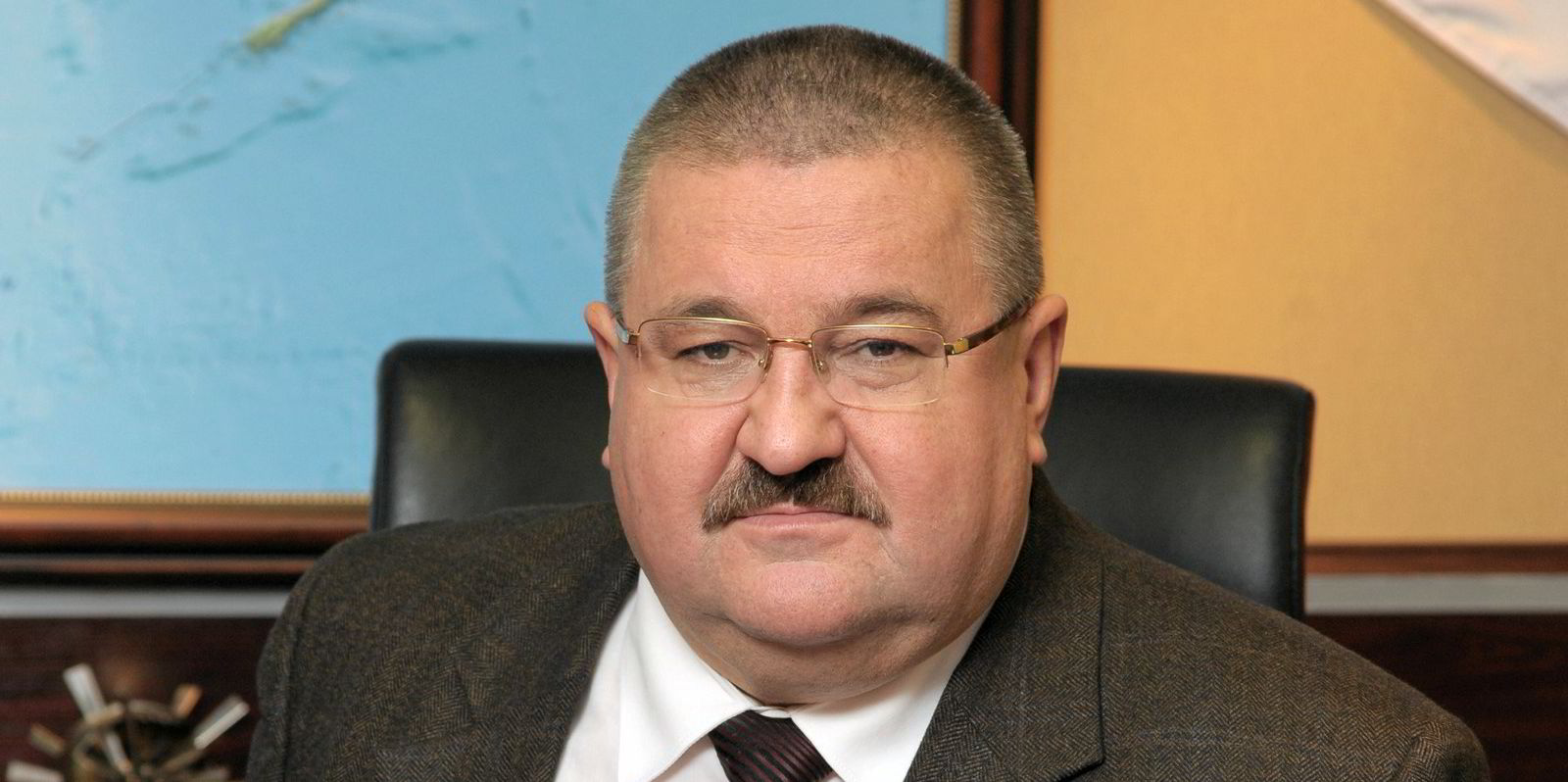
Go west
Ruksha said year-round navigation in the westerly direction along the NSR is already in play.
But he added that while the duration of the annual navigation period along the NSR is increasing, in reality the season has only expanded for ice-class Arc7 vessels, such as those used as LNG carriers for the Yamal LNG project.
The season has remained the same for conventional ice-class Arc4 vessels, which are used by most shipowners, and the NSR remains closed to them from December to June, he said.
Rosatom is already trying to improve the safety of navigation with new systems and data-collecting trial voyages.
Ruksha said that in 2020 Rosatom launched an automated control system that collects and analyses data about hydrometeorological, navigation and ice conditions in the NSR round the clock, and offers personalised real-time recommendations to vessels.
Pioneers
In January and February, two LNG carriers completed pioneering voyages eastbound without ice breaker assistance, delivering Yamal LNG cargoes to China.
One sustained damage to an azipod propulsion unit and took the long way home for repairs. But Sovcomflot's 172,600-cbm Christophe de Margerie (built 2017) made the return trip in ballast.
Ruksha said the ice situation became more difficult on 7 February, so the nuclear-powered ice breaker 50 Let Pobedy began accompanying the LNG carrier near Cape Dezhnev and escorted it back to the port of Sabetta on 19 February.
He said the vessels covered 2,449 nautical miles (4,535 km) together in the westerly direction encountering ice of up to 1.5 metres thick.
“This became the latest vessel accompaniment in the history of Arctic navigation in the water area of the Northern Sea Route,” he said.
Ruksha revealed that Rosatom, Yamal LNG’s operator Novatek and Sovcomflot are working on the provision of an escort for another LNG carrier currently moving east.
Ice breakers needed
He said that overall, this year's ice conditions are expected to be comparable to those observed in 2020.
“Our objective is to make year-round shipping possible in the entire water area of the NSR by 2030,” Ruksha said.
To guarantee this, along with the competitiveness and safety of navigating the NSR, Ruksha said it will be necessary to expand Russia’s nuclear ice-breaker fleet and develop coastal infrastructure along the route.
But he added: “The main challenge lies in the necessity to implement all projects using socially inclusive methods that are in line with long-term sustainable development goals.”
